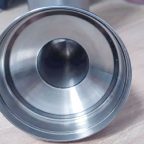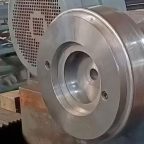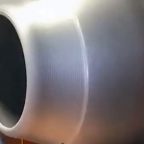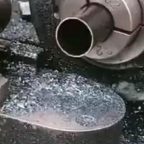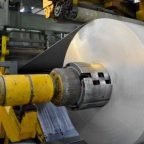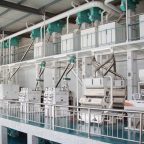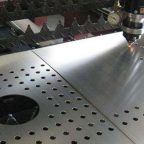
A Venturi is a device designed to measure fluid flow, mix fluids, or control fluid velocity using the principles of the Venturi effect. This effect describes the reduction in fluid pressure that results when a fluid flows through a constricted section of pipe. The Venturi is named after the Italian physicist Giovanni Battista Venturi, who first observed this phenomenon in the late 18th century.
Principle of Operation
The operation of a Venturi is based on the conservation of mass and energy within a fluid stream. When a fluid enters the narrower section of a Venturi tube, its velocity increases while its pressure decreases. This relationship can be explained by Bernoulli’s principle, which states that in a streamline flow, the sum of the static pressure, dynamic pressure (related to velocity), and hydrostatic pressure (related to elevation) remains constant.
Design and Components
A typical Venturi consists of three sections:
- Inlet Section: The fluid enters the Venturi through this wider section where the flow is relatively uniform and slow.
- Throat: The fluid passes through a narrow, constricted section known as the throat. The reduction in cross-sectional area causes the fluid velocity to increase and the pressure to drop.
- Outlet Section: After passing through the throat, the fluid enters a gradually widening section where the velocity decreases and the pressure begins to recover, although it does not return to the original inlet pressure due to energy losses.
Mathematical Description
The behavior of fluid flow through a Venturi can be described using Bernoulli’s equation for incompressible flow and the continuity equation. The continuity equation states that the mass flow rate must remain constant:
A1V1=A2V2
Where:
- A1 and A2 are the cross-sectional areas of the inlet and throat, respectively,
- V1 and V2 are the fluid velocities at the inlet and throat, respectively.
According to Bernoulli’s equation for a horizontal flow:
P1+21ρv12=P2+21ρv22
Where:
- P1 and P2 are the fluid pressures at the inlet and throat, respectively,
- ρ is the fluid density.
Combining these equations allows for the determination of fluid velocity and pressure changes through the Venturi.
Applications
The Venturi effect is utilized in a variety of practical applications, leveraging its ability to control fluid dynamics:
- Flow Measurement: Venturi meters measure the flow rate of fluids in pipelines. By measuring the pressure differential between the inlet and throat, the flow rate can be calculated accurately.
- Mixing: In carburetors and some types of chemical injectors, the Venturi effect helps to draw a secondary fluid into the primary fluid stream, ensuring thorough mixing.
- Vacuum Generation: Venturi pumps, or aspirators, create a vacuum by accelerating fluid through a narrow passage, reducing pressure and drawing in gases or liquids from the surroundings.
- Medical Devices: Venturi masks control the delivery of specific oxygen concentrations to patients by mixing air and oxygen in precise ratios.
- Pollution Control: Venturi scrubbers use the effect to enhance contact between polluted gas streams and scrubbing liquids, improving the efficiency of pollutant removal.
Conclusion
A Venturi works by manipulating fluid flow through a constricted section of a pipe, causing a decrease in pressure and an increase in velocity. This simple yet powerful principle finds applications in diverse fields, from industrial flow measurement to medical oxygen delivery. Understanding the operation of a Venturi and the underlying principles of fluid dynamics is essential for leveraging its benefits in practical applications.
Maximize Tooling and CNC Metal Spinning Capabilities.
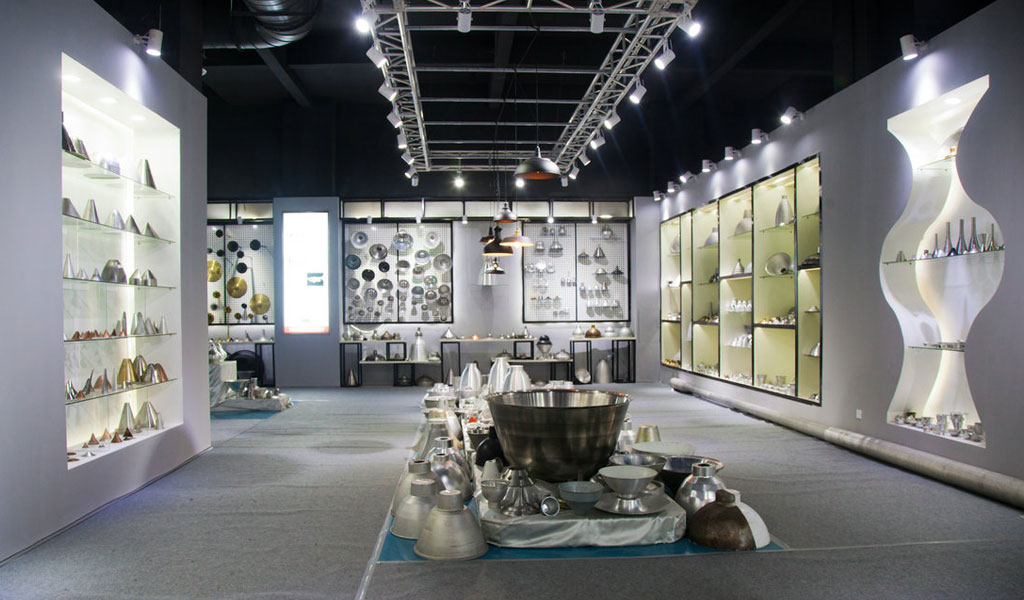
At BE-CU China Metal Spinning company, we make the most of our equipment while monitoring signs of excess wear and stress. In addition, we look into newer, modern equipment and invest in those that can support or increase our manufacturing capabilities. Our team is very mindful of our machines and tools, so we also routinely maintain them to ensure they don’t negatively impact your part’s quality and productivity.
Talk to us today about making a rapid prototype with our CNC metal spinning service. Get a direct quote by chatting with us here or request a free project review.
BE-CU China CNC Metal Spinning service include : CNC Metal Spinning,Metal Spinning Die,Laser Cutting, Tank Heads Spinning,Metal Hemispheres Spinning,Metal Cones Spinning,Metal Dish-Shaped Spinning,Metal Trumpet Spinning,Metal Venturi Spinning,Aluminum Spinning Products,Stainless Steel Spinning Products,Copper Spinning Products,Brass Spinning Products,Steel Spinning Product,Metal Spinnin LED Reflector,Metal Spinning Pressure Vessel,
